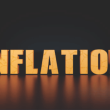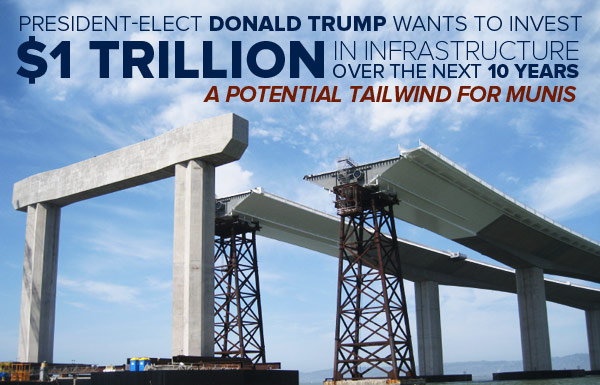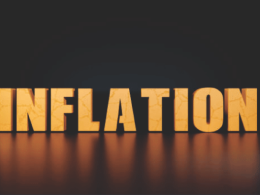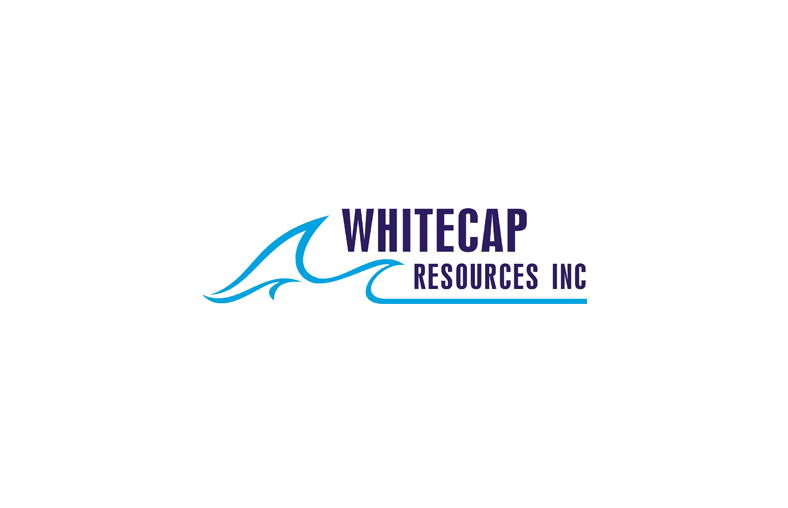The Trump win: What does it mean for portfolios?
by Marina Pomerantz, Portfolio Manager, Trimark Investments, Invesco Canada
In a stunning defeat to heavily favoured Democratic candidate Hillary Clinton, Donald Trump is set to become the 45th U.S. President in January. Trump achieved victories in states that, according to recent tradition, have preferred Democratic presidential candidates – including Wisconsin, Michigan and Ohio. Not only did Trump capture more votes than Republican candidate Mitt Romney during the 2012 presidential election, but he also capitalized on Hillary Clinton’s inability to carry Democratic congressional districts where Barack Obama achieved resounding victories in 2012.
Ultimately, Trump’s victory was sealed by the U.S. “rust belt” – states like Pennsylvania, Michigan and Ohio – where globalization and technological change has displaced thousands of workers from traditional manufacturing and processing industries. These states are still struggling to recover the standard of living and economic performance they enjoyed in the past, and this is where Trump’s rhetoric resonated particularly well with large parts of the electorate.
A sweep by a candidate widely seen as an outsider, and whose lack of political experience was played up as a major strength, speaks to the extent of voter distrust in the system. Pre-election opinion polls did not capture this degree of dissatisfaction and desire for overwhelming change. Because polls and political commentators were wrong in predicting a Clinton victory, U.S. futures and global markets experienced significant volatility on election night as the outcome of a Trump presidency became increasingly likely.
This market reaction was very similar to the surprise outcome of the Brexit vote in the U.K., where market participants initially sent shares lower in response to increased uncertainty. However, U.S. equity markets reversed course in the days after the election and advanced to near 5-year highs. Certain sectors like Health Care and Financials experienced a particularly strong recovery due to Trump’s stated preference for regulation-minimizing policies and pro-business stance on corporate taxation.
Republicans also retained their hold on both chambers of the U.S. Congress – the Senate and House of Representatives. Republican control of both the executive and legislative branches has several implications for policy. For example, the gridlock that existed inside Washington will now be significantly reduced, and there will be an opportunity to pass meaningful change. However, this also raises the level of uncertainty with respect to the nature of legislation that will be passed.
Ultimately, we believe that a Republican Congress will favour pro-business initiatives focused on restoring employment and economic growth. Examples of such policies could include changes to corporate taxation and increased investment in infrastructure. Importantly, a Republican Congress should also provide the needed checks and balances to ensure that the more controversial elements of Trump’s economic plan – namely, trade protectionism – do not harm the main objective of restoring job growth and economic prosperity.
Impact on the portfolios
So what are the initial implications to portfolios from a Trump victory? For starters, Trump has voiced his plan to repeal and replace the Affordable Care Act and reduce mandatory employer and employee participation. This should be a positive development for overall business confidence, but a modest negative for hospitals and health care providers that benefitted from having additional patients eligible for medical care. Trump did not, however, voice the kind of concerns about drug prices that we heard from Clinton. As such, this is a positive for U.S. pharmaceutical and biotech companies which were expected to remain under pressure from more government regulation and the possibility of explicit price controls.
In addition, Trump’s comments about easing the regulatory burden on financial institutions should bode well for banks and other financial firms, allowing them to cut back on compliance costs and improve profitability. His plan to invest in infrastructure should benefit select industrial firms that have exposure to state and municipal projects. Finally, his taxation proposals for repatriation of foreign profits could sway companies with significant offshore cash positions to consider domestic investment, unlocking a potential wave of mergers & acquisitions and growth investment, specifically in the information technology sector, where balance sheets are rife with cash.
As previously mentioned, we believe it is unlikely that a Republican Congress will allow Trump to enact significant and controversial trade measures. We could, however, see some changes over time that would be negative for firms with a large base of export revenues into the U.S., and without domestic manufacturing operations.
The majority of the global industrial and consumer firms in our portfolios would be able to navigate these trade changes by shifting production to other jurisdictions. In addition, likely increases in domestic investment under Trump should bode well for U.S. household incomes and consumer confidence, and could boost discretionary spending and demand for both big- and small-ticket consumer goods – potentially offsetting negative GDP impacts from more restrictive trade.
Although we expect the market impact stemming from this surprise election result to be manageable, we could experience elevated volatility in the near term. This is due to an increase in uncertainty about policy specifics that may cause investors and corporations to delay actions until more details are available. In particular, as Trump assembles his cabinet of advisors, market participants and corporate management teams will begin to get a sense of the near-term priorities for the new president, and the impact they will have on business and consumer spending. We have taken advantage of market volatility to selectively add to positions.
Longer-term, we believe prospects for the U.S. economy remain favourable. The U.S. economy has experienced modest growth over the past few years and recent increases in employment and wage growth bode well for the future. Inflation has been slowly increasing, and many of the policies proposed by Trump should support domestic consumer incomes, and further boost spending and inflation.
Overall, we believe these factors will lead the U.S. Federal Reserve to embark on a gradual interest rate normalization cycle, but in a manner that will not provide a negative shock to the economy. We will continue using our bottom-up fundamental discipline to uncover new investment opportunities that can thrive in the current political environment.
This post was originally published at Invesco Canada Blog
Copyright © Invesco Canada Blog













